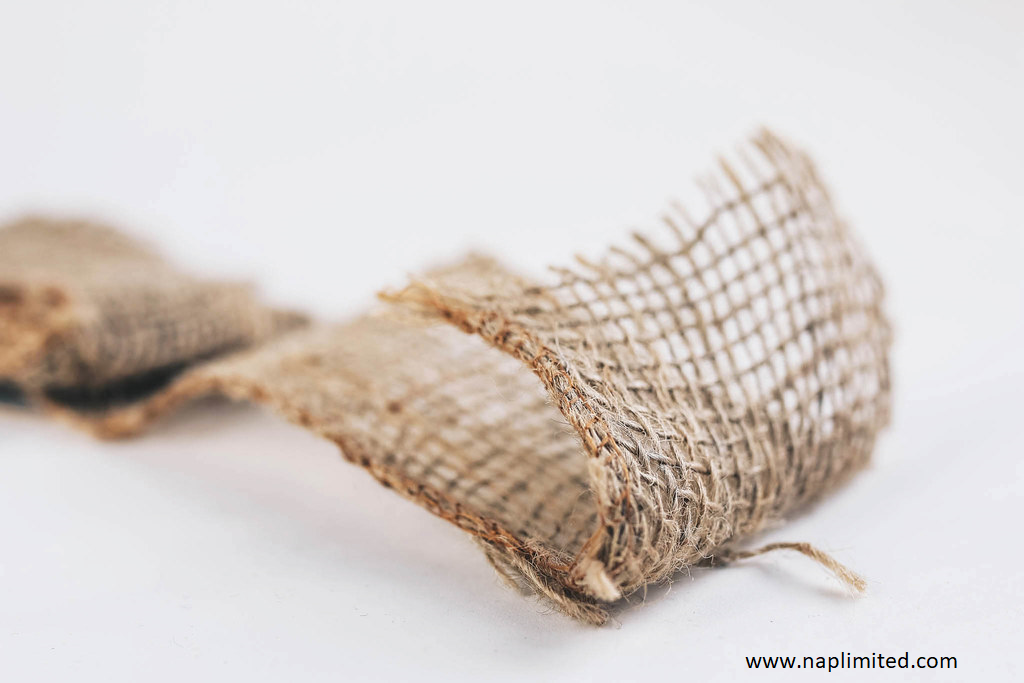Hemp fabric is an emerging star in the textile industry in the view of current scenario. People are increasingly seeking sustainable and eco-friendly methods and products. In this list, hemp fabric is also flying high as a durable, breathable, and sustainable clothing option in lieu of traditional cotton and synthetic fabrics. But this incredible fabric takes a remarkable journey to come to life. Let’s delve into the fascinating journey of hemp fabric production which we call hemp journey from seed to shirt.
The Hemp Plant: A Sustainable Marvel
Hemp cultivation : Like any other plant’s journey, hemp’s journey also starts with its cultivation. Let’s explore how hemp cultivation is special and unique from other plants. Hemp scientifically known as Cannabis sativa is a dynamic or versatile crop that can thrive in different climates. Thus, you can cultivate it across the globe due to the versatile nature of growing in various climate conditions. With the minimal use of resources, hemp plants enhance the soil, water, and air quality of the surroundings.
Other cultivating attributes of hemp are that it can grow in a short period of time i.e. (approximately three to four months) with minimal environmental footprint. Farmers can begin their hemp cultivation journey with hemp seed in well-prepared soil. The seeds are rich in nutrients that have the potential to provide everything the plant needs. Moreover, hemp plant absorb significant amounts of atmospheric carbon dioxide resulting in reduced greenhouse gases.
Harvesting and Processing : Harvesting is the next step, farmers can start harvesting once the hemp plant reaches its maturity. For harvesting, farmers generally cut the stalks near the base of the plant. Removing the leaves and seeds leaves tall and fibrous stalks of hemp. The valuable fiber of these stalks is used to create hemp fabric.
After that, the next step is retting, which is a natural process of removing the chemical compound that keeps the fibers and hemp stalk together. This allows the bast fibers to separate from the woody core of the hemp stalk. There are different types of retting, water retting, dew retting, and chemical retting. Water retting is the most environment-friendly method, in which harvested stalks are soaked in water to break down the bacteria holding the fibers together.
After retting, farmers keep the stalks for drying to remove excess moisture. This process is crucial, as drying the stalks prevents the growth of mold and results in the creation of quality fiber. Thereafter, stalks are crushed mechanically, which separates the outer fibers from the inner woody core. The quality hemp fabric is made out of this long, fine fiber.
Spinning and Weaving : The extracted fibers are then transformed into yarn. This process is called spinning, in which fibers are twisted together to create continuous strands of thread. This can be done by both traditional methods and modern machinery.
After the fibers are spun into yarn, it is ready for the weaving process. This includes interlacing the yarn vertically and horizontally into different patterns to create the fabric. This versatility of patterns and textures provides a wide range of options for designers to create unique clothing and textiles.
Dyeing and Finishing : Natural hemp fabric is light tan or beige in color after weaving. To create a range of colorful hemp fabrics, people use natural or synthetic dyes to color the fabric. To maintain their eco-friendliness, use natural dyes made from insects and plants.
After dying, the fabric goes through the finishing process to enhance its texture, color, and appearance. The fabric finishing process includes the steps of washing, softening, and stretching. The whole process ensures that the fabric becomes durable, comfortable, and ready for your closet.
Conclusion
The fascinating journey of hemp fabric production from seed to shirt represents that hemp fabric is a great example of sustainable and eco-friendly fabric. As hemp promotes eco-friendly practices, it produces minimal environmental effects, providing many benefits during cultivation. With time, consumers are embracing sustainable practices and products, resulting in demand for hemp clothing and products. In the end, It’s a gentle reminder that by choosing hemp clothing, you will move towards a sustainable and responsible fashion approach. So without further delay, you can also choose this versatile fabric to decorate your wardrobe.

